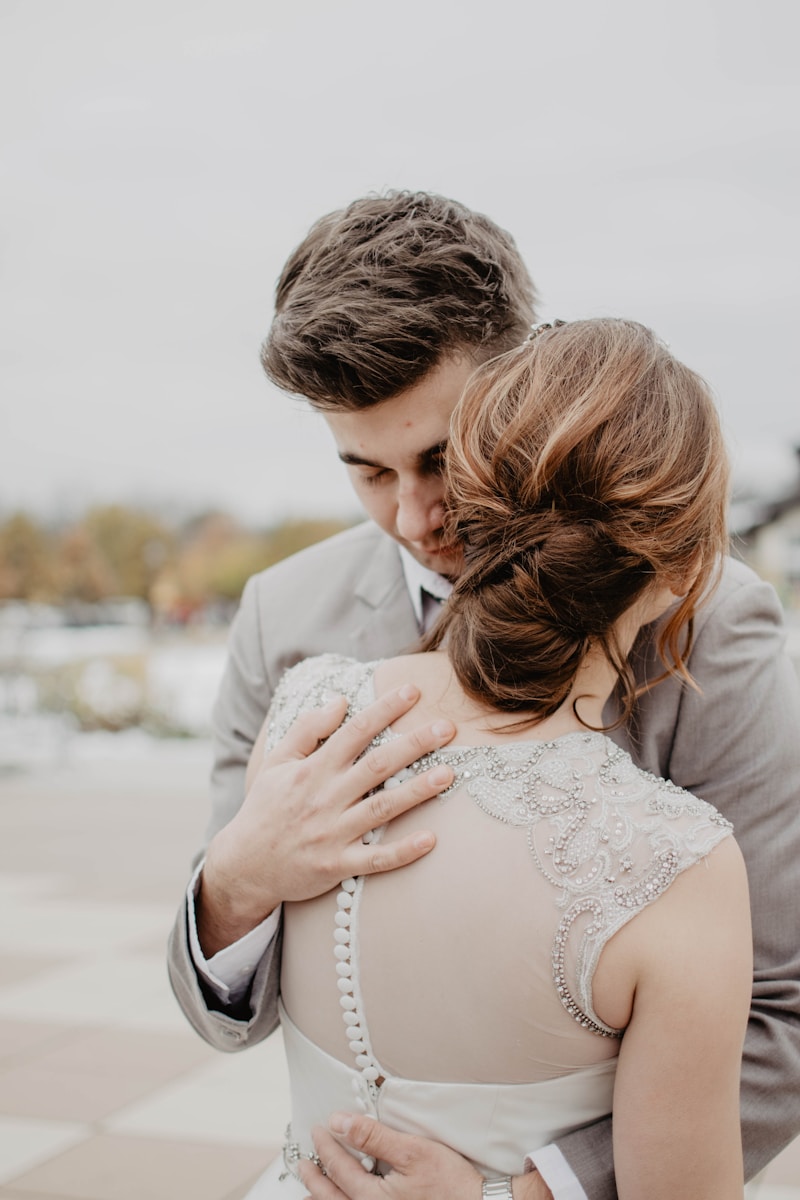Getting the Most Bang for Your Bridal Buck: Smart Strategies for Budget-Savvy Brides
Introduction
Planning a wedding can be both exhilarating and overwhelming, especially when it comes to budgeting. From the venue to the dress, every detail can add up quickly. However, savvy brides are finding innovative ways to maximize their budget without compromising on their dream wedding. In this article, we will explore effective strategies to ensure you get the most bang for your bridal buck, enabling you to have a beautiful wedding that respects your financial constraints.
Understanding Your Wedding Budget
Your wedding budget is the foundation of your planning process. To get started, it’s crucial to determine how much you're willing to spend overall. Consider your sources of funding, whether it’s savings, contributions from family, or wedding loans. Once you have a clear picture of your budget, you can divide your funds into various categories: venue, catering, attire, decorations, photography, and more.
Creating a Detailed Budget Breakdown
| Category | Percentage of Budget | Estimated Amount ($) |
| Venue | 30% | $6,000 |
| Catering | 25% | $5,000 |
| Attire | 10% | $2,000 |
| Photography | 15% | $3,000 |
| Decorations | 10% | $2,000 |
| Miscellaneous | 10% | $2,000 |
This table provides a sample breakdown based on a $20,000 budget. Adjust these numbers according to your specific financial situation, but having a clear plan will help you allocate funds effectively and keep track of expenditures.
Smart Saving Strategies for Your Wedding
Once you have a budget in place, consider implementing these saving strategies to stretch your dollars further.
1. Prioritize Your Must-Haves
Every couple has specific elements they consider indispensable. Whether it’s a particular venue, a specific photographer, or a luxurious cake, identify your “must-haves” early on. Allocate a larger portion of your budget to these items while looking for ways to save on less critical areas.
2. Consider Off-Peak Seasons
Weddings held during peak seasons often come with a premium price tag. Consider scheduling your wedding during the off-peak months (like January or February) when venues and vendors are likely to offer lower rates. This can significantly reduce costs while still allowing you to have a beautiful event.
3. DIY Where Possible
Do-it-yourself projects can introduce a personal touch and save money. Consider creating your own invitations, centerpieces, or favors. However, be mindful of your time and skills—some items may be more cost-effective to purchase from a vendor.
4. Negotiate with Vendors
Vendor pricing can often be negotiable. Don’t be afraid to discuss your budget with potential vendors—many may be willing to offer discounts or package deals if you make a bulk purchase.
5. Utilize Technology
There are numerous apps and websites designed to help with wedding planning and budgeting. Tools like wedding budget calculators and vendor comparison sites can save you both time and money. Consider leveraging these tools in your planning process.
Alternative Sources of Inspiration
This is the age of social media, and platforms like Pinterest and Instagram serve as invaluable resources for brides. You can discover trends, gather ideas, and get a clear vision of what you want. However, always be cautious of falling into the trap of Pinterest perfect weddings that may not align with your budget. Consider searching for  to gather additional insights from real brides who have been in your shoes.
to gather additional insights from real brides who have been in your shoes.
Common Questions Brides Have
As you embark on your journey to plan your dream wedding, here are some frequently asked questions you may find helpful:
- What is a reasonable budget for a wedding? The average wedding cost in the United States is around $34,000, but this varies widely based on location, size, and personal preferences.
- How can I save on catering costs? Consider having a buffet instead of a sit-down meal, or opt for a smaller cocktail reception with finger foods.
- Is it necessary to hire a wedding planner? While a planner can help save time and potentially money through their industry connections, many successful weddings have been coordinated DIY by the couple and their friends.
Conclusion
Getting the most bang for your bridal buck boils down to smart planning, prioritization, and flexibility. By understanding your budget, actively participating in your wedding planning, and considering creative options, you can have a stunning wedding without going into debt. Remember, your wedding day is about celebrating your love, and with careful planning, it can also be about celebrating your financial savvy. Be sure to stay focused on what truly matters and enjoy the journey ahead.
As you take these tips into account, keep in mind that every wedding is unique, and there is no one-size-fits-all solution. Ultimately, it's about crafting a celebration that reflects your values and preferences while being mindful of your budget.